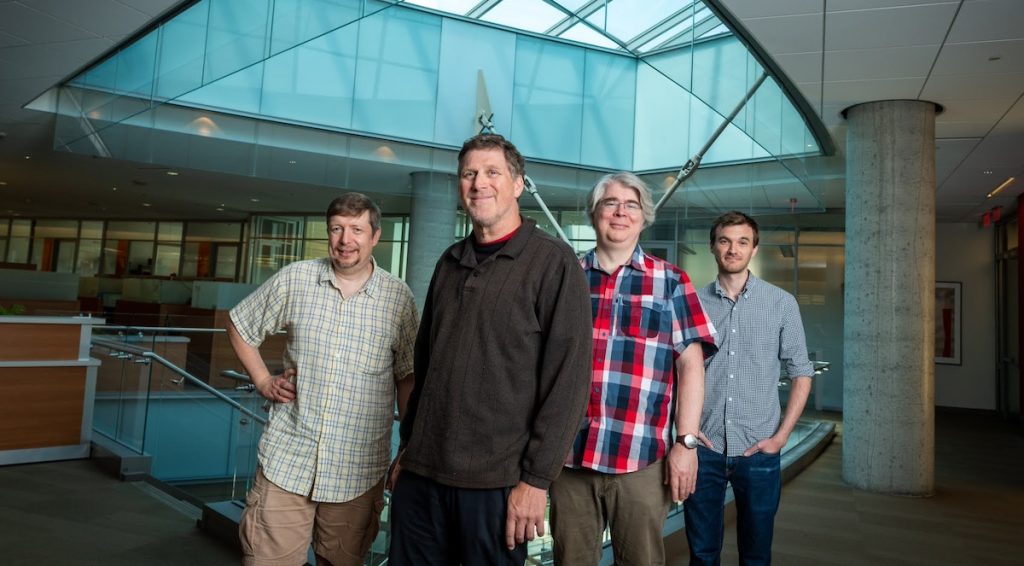22 Jan SKiM search tool goes beyond the surface to discover hidden links in biomedical data

The Stewart Computational Biology Group is developing text mining tools to help researchers search and find relevant information within this database more quickly.
The PubMed database contains more than 35 million peer-reviewed papers from biomedical publications — a vast resource where any one scientist is unlikely to keep up with the breadth of knowledge available.
At the Morgridge Institute, the Stewart Computational Biology Group is developing text mining tools to help researchers search and find relevant information within this database more quickly.
In work recently published in the journal BMC Bioinformatics, the team developed a tool called Serial KinderMiner (SKiM) that can make connections and uncover potentially hidden associations between a set of terms.
Building off of their original KinderMiner web application that finds links between two terms, the SKiM algorithm uses literature-based discovery to find unknown links between terms “A” and “C” through a “B” intermediary.
“Instead of just finding existing A-B links, you can find A-B-C links which implies that A and C might be related,” says Rob Millikin, computational biologist and co-first author of the paper. “It’s not just summarizing existing knowledge, but you can potentially discover new things.”
This application is particularly useful for investigating new uses for existing drugs.
For example, if term A is a particular disease, and term C is the list of all existing FDA-approved drugs, the B terms might be a list of known genes or biological pathways, some of which are associated with both A (disease) and C (drug) linking them together.
“In some cases for the drug repurposing application, we might find drugs that don’t show up with a clinical trial or even a co-occurrence together with the disease,” says Morgridge Investigator Ron Stewart. “If we can give a researcher a two-year or a five-year head start on what drugs might be useful, that’s going to be potentially very helpful.”



